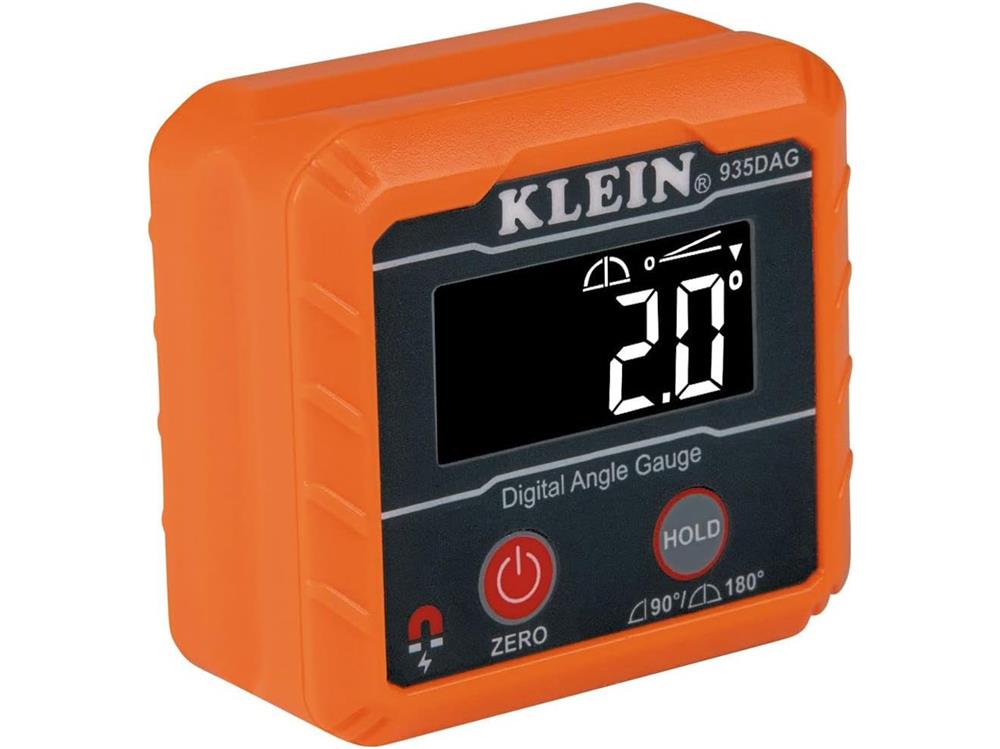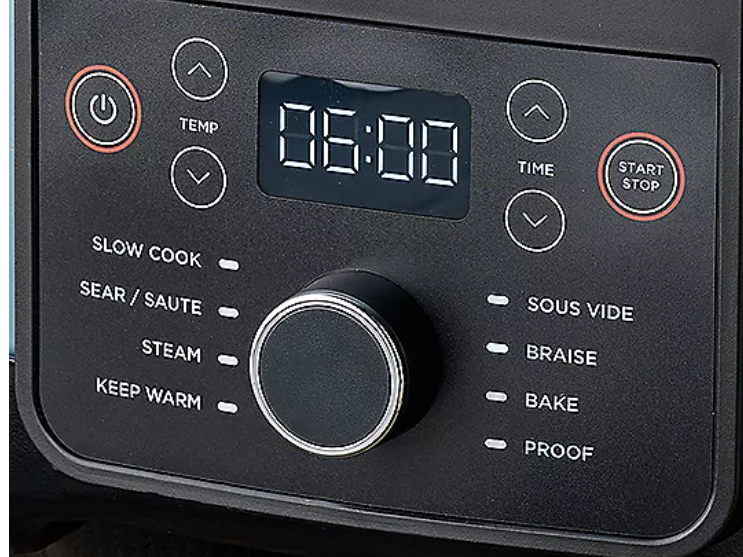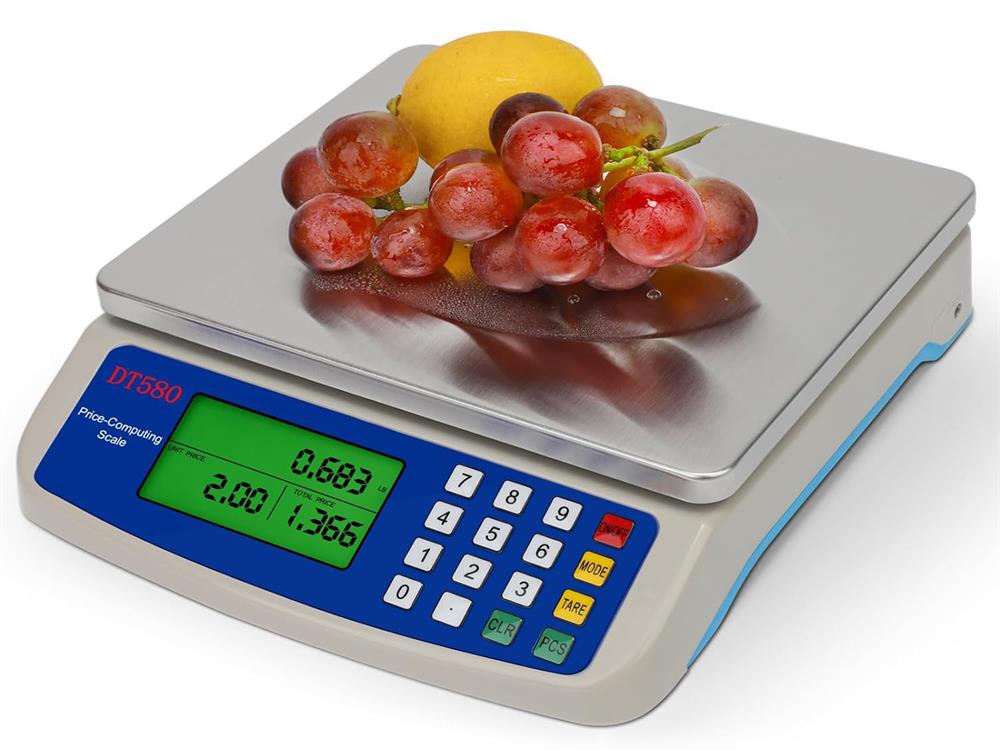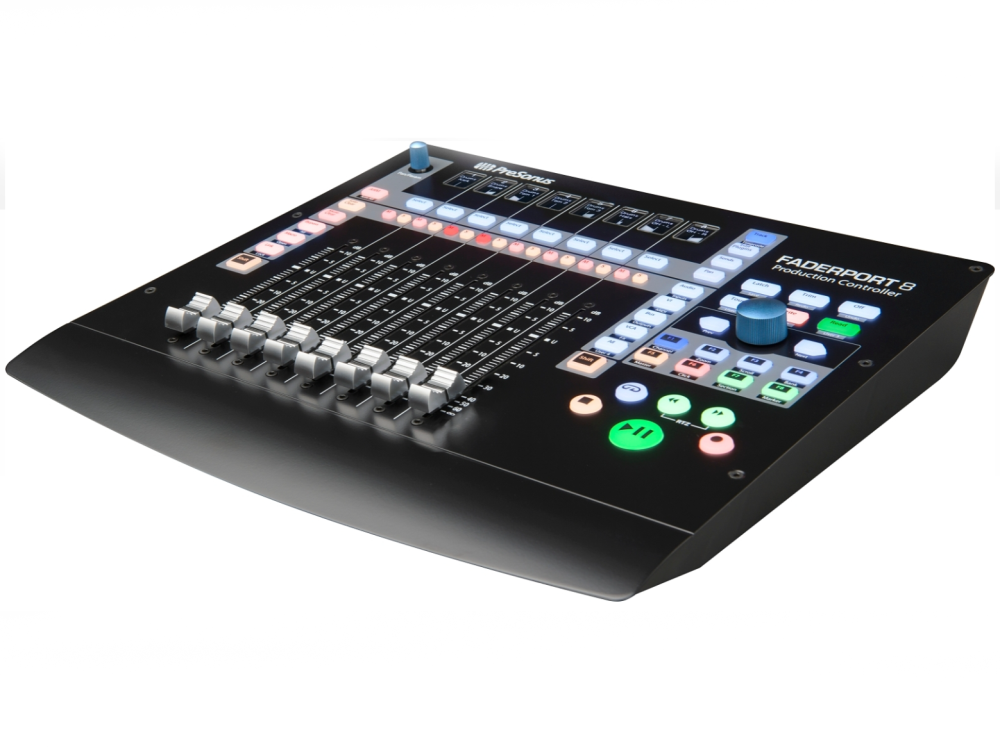Membrane switches are a product that contains a high concentration of materials, and various materials can be utilized to meet different product requirements. We provide a diverse range of products along with the utilization of numerous types of materials.
Based on the characteristics of the materials employed, we have the following main categories
Membrane-based materials such as polyester film (PET), polycarbonate (PC), polyvinyl chloride (PVC), glass, polymethyl methacrylate (PMMA), etc., are commonly used as base materials for membrane switches. These materials are typically known for their flexibility, abrasion resistance, and temperature resistance.
Conductive materials are used to create conductive lines and contacts in membrane switches. Examples of such materials include silver paste, carbon paste, silver chloride, flexible copper-clad foil (ITO), conductive aluminum foil, PCBs, and others. These materials are capable of establishing reliable conductive connections on the film.
Insulating materials are used to isolate and protect conductive lines from short circuits and interference. Commonly used insulating materials include polyimide (PI) film, polycarbonate (PC), polyester film (PET), and others.
Keypad material and feel: For membrane switches to provide a good tactile experience, they should be designed to incorporate metal domes, flick switches, microswitches, or knob buttons. Additionally, there are various options for the touch feel of membrane keys, including embossing keys, touch keys, PU dome keys, and recessed keys.
Backing materials: These include materials used to attach and adhere membrane switches to equipment or devices, such as double-sided adhesive tape, pressure-sensitive adhesive, waterproof adhesive, foam adhesive, light-blocking adhesive, peelable adhesive, conductive adhesive, optically transparent adhesive, and others.
Connectors: Connectors, wires, etc., are used to connect membrane switch circuit boards to other electronic devices.
Control circuit components may include integrated resistors, capacitors, integrated circuits, digital tubes, LED indicators, backlight, EL light-emitting film, and other components based on the specific function of the membrane switch.
Surface coatings such as anti-scratch, anti-bacterial, anti-ultraviolet, anti-glare, glow-in-the-dark, and anti-fingerprint coatings are chosen to protect the surface of a membrane switch and extend its lifespan.
Printing Ink: Special printing inks, such as conductive inks and UV inks, are typically used to print various patterns, logos, and texts on film panels to achieve different functions and effects.
Encapsulation materials: These materials protect the overall structure, enhance mechanical strength, and improve waterproof performance, such as epoxy resin and silicone.
Other auxiliary materials may also be used by the membrane switch factory as needed, such as hole filling welding, backlight modules, LGF modules, and other auxiliary materials.
In summary, the production of membrane switches requires the use of a variety of materials and components that are combined to achieve different functions and performance requirements. We are able to meet the needs and design requirements of customers and produce high-quality, stable performance membrane switch products.





